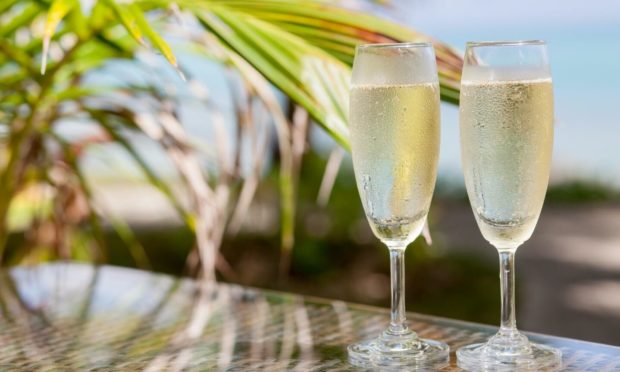You can find out so much about a bottle of Italy’s popular sparkling wine if you understand what’s on the label, as Carol Brown explains.
When it comes to wine, you never stop learning and I can say that my eyes were well and truly opened at a recent educators’ virtual tasting arranged by the Wine & Spirit Education Trust and the Prosecco DOC Consortium under the expert guidance of the Prosecco DOC UK ambassador Neil Philips, aka the Wine Tipster.
I’m usually a traditional method (Champagne, Cava, English sparkling) wine drinker so this was such a good opportunity to discover a range of styles side by side from different producers, I certainly understand the wines much more now so thought I’d share that with you and help you get behind that prosecco label.
The grape in the bottle must be at least 85% Glera. Prosecco wines are made within nine provinces across two regions – Veneto and Friuli Venezia-Giulia in the north-east of Italy.
Prosecco DOC
While many of the Prosecco DOC vineyards are low-lying, down to two metres close to the Adriatic, there are some hillier areas too and these are indicated by different DOC and DOCG zones.
The protected designation of origin (PDO) was granted for Prosecco DOC in 2009. So, firstly on the bottle look for Prosecco DOC as your origin guarantee.
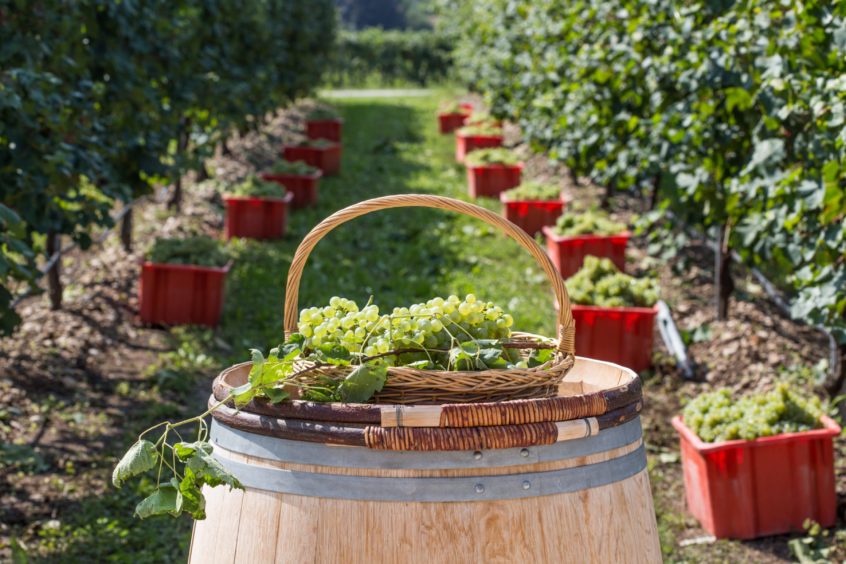
If all grapes are sourced and the wine is produced in either Treviso or Trieste, then the bottle will be labelled Prosecco DOC Treviso or Prosecco DOC Trieste.
The grapes for both Prosecco Asolo Superiore DOCG and Prosecco Conegliano Valdobbiadene DOCG are grown on steep hillsides and finally the Cartizze DOCG covers just 107 hectares of vineyards on the steepest hills of San Pietro Di Barbozza, Santo Stefano and Saccol.
I mentioned the traditional method earlier which includes a second fermentation in the bottle giving savoury, brioche notes.
Most prosecco is made by the Martinotti method. After a soft pressing of the grapes, a first fermentation to produce the base wine happens. Yeast and sugar are added to begin that second fermentation which happens in a large tank (autoclave) rather than bottle. This can influence the bubble factor and the focus is on the fruitiness and aromatics of Glera rather than the savoury side from lees ageing in bottle.
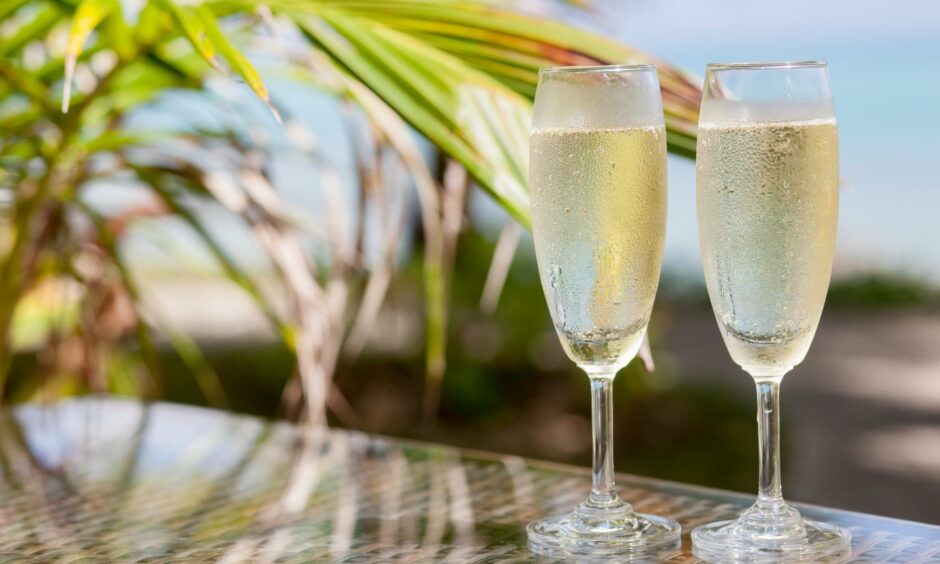
Another thing to look out for to find your preferred style is the reference to the sweetness. On a sliding scale, brut nature will be bone dry then there is extra brut and brut which are at the dry end.
“Extra dry” will actually have a touch of noticeable sweetness as will “dry” with demi sec being quite sweet. The acidity provides a balancing act with the sweet element. How bubbly do you like your bubbles? Spumante indicates a fully sparkling wine and frizzante is lightly sparkling.
La Marca Prosecco DOC, Extra Dry
The La Marca co-operative was founded more than 40 years ago and represents 5,000 growers across 17,000 hectares in the Veneto region. The drink is pale with scents and flavours of peaches, apples and pears and floral notes. La Marca is delicate and well balanced with soft acidity and an off-dry finish. Tesco, £11.99.
La Gioiosa et Amarosa Prosecco DOC Treviso, Brut
Family owned La Gioiosa produce a range of prosecco including rose and wines from the DOCG zones of Valdobbiadene and Asolo. Lots of tiny bubbles lift the fragrant jasmine and grapefruit notes. Drier than La Marca above, there is a light savoury edge, textured with a tangy citrus attitude. Majestic, Co-op, £9.99.
Astoria ‘Galie’ Prosecco DOC Treviso, Extra Dry
Family-owned Astoria Wines was founded in 1987. The grapes are estate grown at around 150 metres above sea level. Classic apple and pear aromas and tiny bubbles lead to crunchy red apple and pear tastes, the sweetness balanced with the fresh acidity. gerrardseel.co.uk £12.95
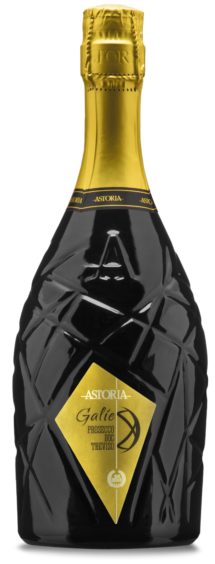
Bottega Gold Prosecco DOC, Brut
Bottega can trace a family history of grape growing back to the 17th Century. Today, they produce multi-award-winning wines in Veneto and Tuscany. The Glera grapes for Prosecco Gold are sourced from the Treviso hills. Red apples, honeysuckle, lemon, blossom and peach all feature in the aroma profile. Bubbles are persistent yet delicate and there’s a lovely crunchy orchard fruit thing going on in the taste.
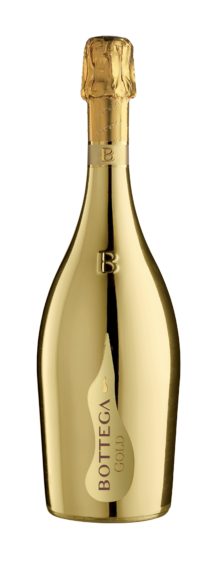
It’s a drier style with refreshing acidity. I challenge you to take a photo for Instagram without getting a reflection of yourself! Ocado, Harvey Nichols, £19.99-£24.99.
Prosecco DOC, Il Cavallino Frizzante
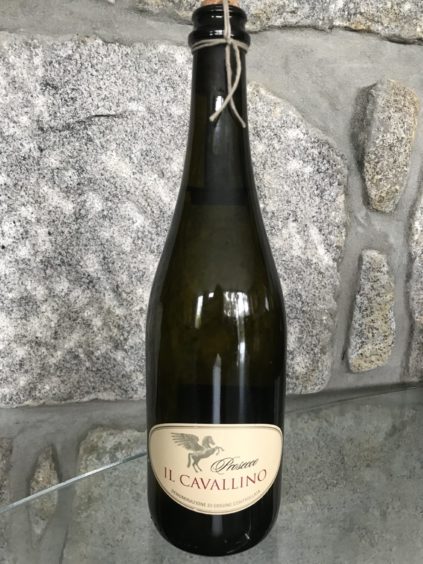
The bubbles are a little larger and less frequent and the scents are all about lemons and limes and honeydew melon.
Nearly dry to the taste, which is of golden delicious apples with a grapefruit tang and mineral hint, the bubbles provide a delicate lift, and if you don’t like your fizz too fizzy, this could be the wine for you. It really is quite moreish. Laithwaites.co.uk, £12.99.
